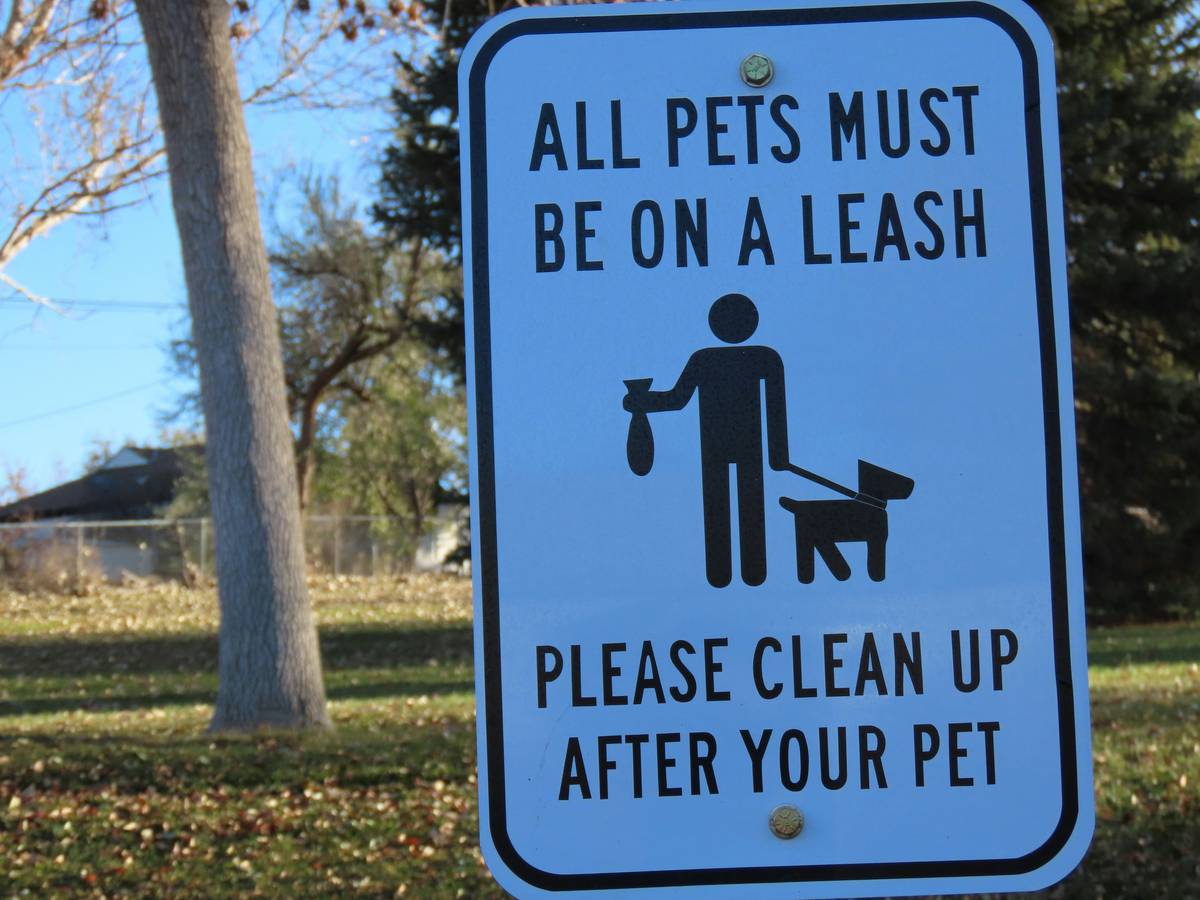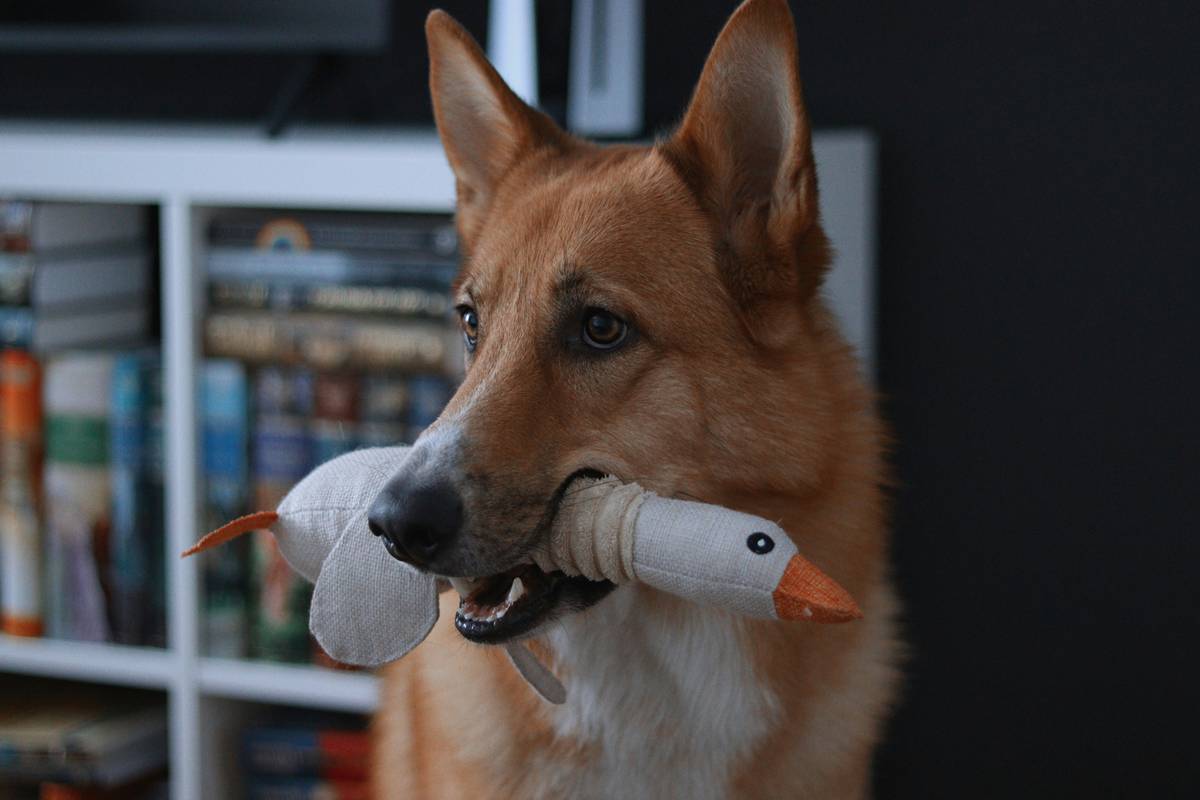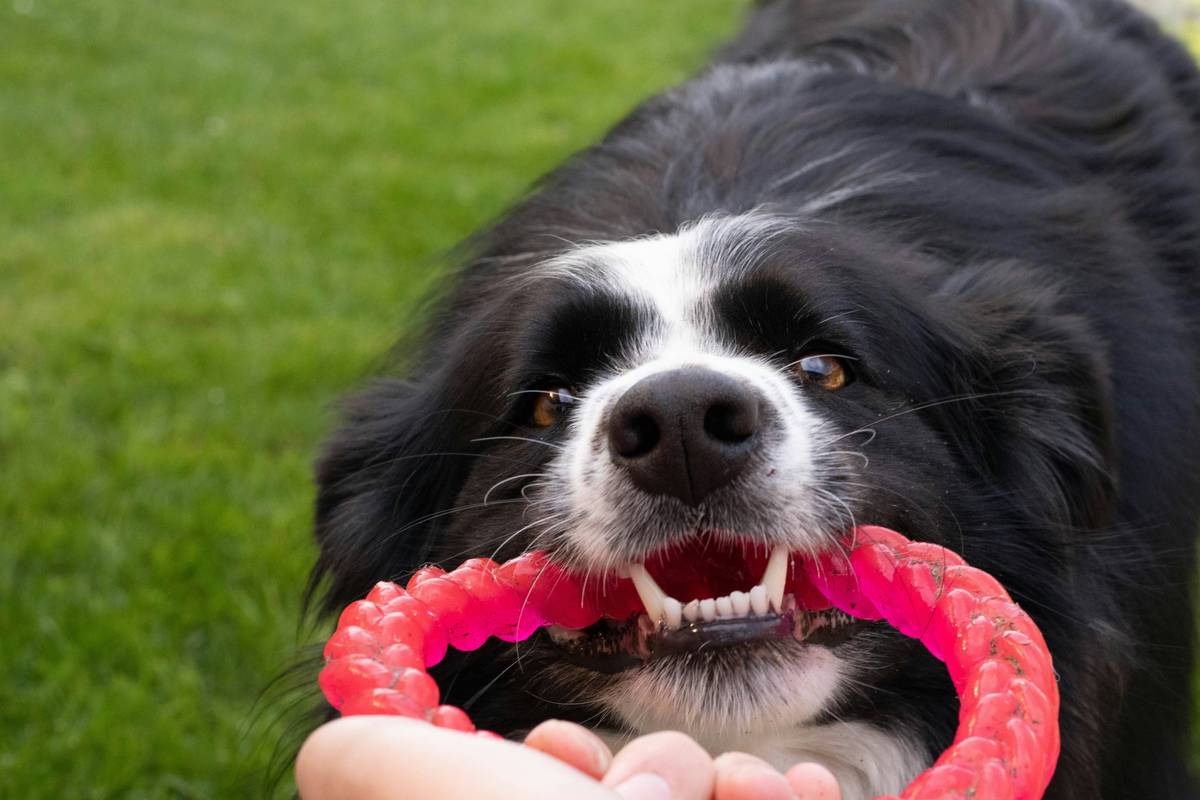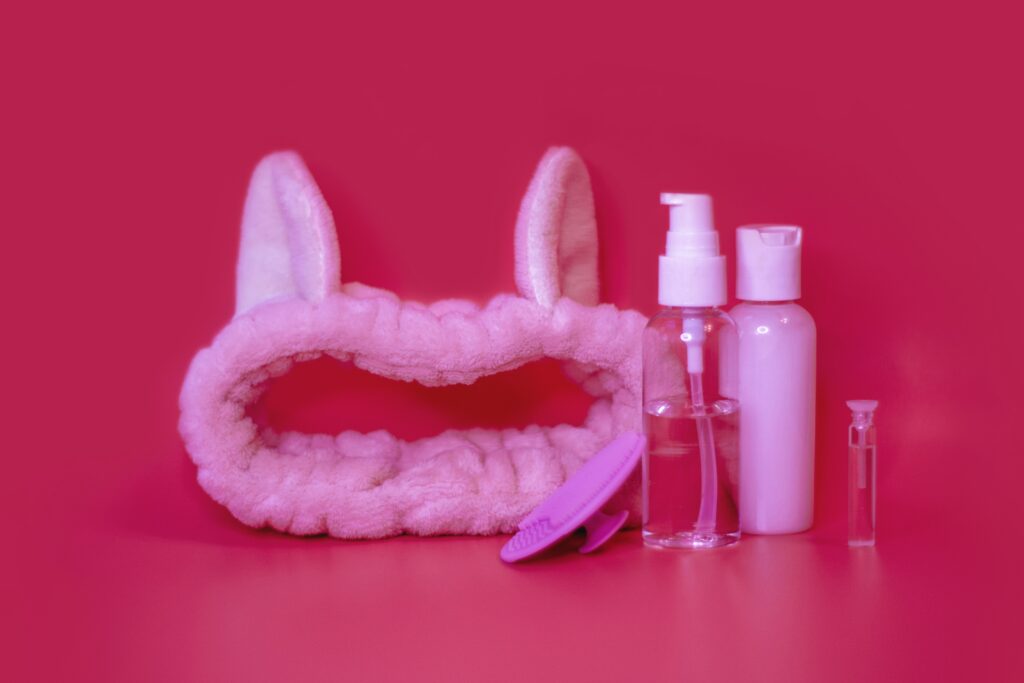Ever bought a pet toy only to find your dog or cat chewing it into oblivion within minutes? Yeah, we’ve all been there. But did you know that some toys can actually harm your furry friend if they’re not designed for pet toy safety? Let’s dive into how to ensure the dental toys and accessories you choose are safe, engaging, and durable—because no one wants an emergency vet visit on their hands.
In this post, we’ll cover everything from why pet toy safety matters to actionable steps for choosing the right products. You’ll learn how to identify dangerous materials, spot poorly made toys, and discover tips for keeping your pet entertained safely.
Table of Contents
- Why Pet Toy Safety Matters More Than You Think
- Step-by-Step Guide to Choosing Safe Dental Toys
- Top Tips for Maintaining Pet Toy Safety
- Real-Life Examples of Great (and Terrible) Pet Toys
- Frequently Asked Questions About Pet Toy Safety
Key Takeaways
- Pet toy safety starts with understanding potential hazards like choking risks and toxic materials.
- Dental toys should be durable, appropriately sized, and made from non-toxic materials.
- Regularly inspect and replace worn-out toys to keep your pets safe.
- Always supervise playtime when introducing new toys.
Why Pet Toy Safety Matters More Than You Think
Confession time: I once picked up a bright red rubber chew toy at a discount store because it looked “tough enough” for my German Shepherd. Two days later, he’d gnawed off half the toy, leaving behind sharp edges and small fragments scattered across the floor. Yikes. Thankfully, I caught him before any mishaps occurred—but this was a wake-up call about the importance of pet toy safety.
Pet toy injuries aren’t rare. According to veterinarians, thousands of pets end up in clinics every year due to swallowed pieces, puncture wounds, or poisoning from unsafe toys. That squeaky sound may seem adorable until it turns into a whirrrr of doom under your couch.

A puppy mid-chew—a reminder that poorly made toys can pose serious risks.
Step-by-Step Guide to Choosing Safe Dental Toys
Optimist You: “There must be a foolproof way to pick great toys!”
Grumpy You: “Ugh, fine—but let me grab another cup of coffee first.”
Step 1: Check the Material
Look for high-quality, non-toxic materials like natural rubber, food-grade silicone, or BPA-free plastics. Avoid cheap plastic or vinyl that can break easily or contain harmful chemicals.
Step 2: Ensure Size Appropriateness
A toy too small could become a choking hazard, while one too large might frustrate smaller breeds. Always opt for size recommendations based on your pet’s breed and weight.
Step 3: Test Durability
Give the toy a squeeze test. If it feels flimsy, skip it! For aggressive chewers, heavy-duty options labeled as “indestructible” are worth considering.
Step 4: Supervise Playtime
Even the safest toys need supervision during initial use. Keep an eye out for signs of damage or discomfort.
Top Tips for Maintaining Pet Toy Safety
- Rotate Toys: Swap them out regularly to prevent boredom and overuse.
- Inspect Weekly: Look for cracks, loose parts, or wear-and-tear.
- Avoid DIY Disasters: Homemade toys may seem cost-effective but often lack proper testing for durability and toxicity.
- Use Positive Reinforcement: Reward safe playing habits with treats or praise.

Durable dental toys are key to long-lasting fun and safety.
Real-Life Examples of Great (and Terrible) Pet Toys
Let’s talk case studies. The Kong Classic Dog Toy is legendary among pet owners—not just for its indestructibility but also because it promotes dental health by reducing plaque buildup. On the flip side, countless cheap squeaky toys have ended up as sad pile of shards—or worse, lodged in throats.
Sound familiar? Remember those bargain-bin tennis balls? Sure, they’re tempting, but prolonged chewing can expose hidden grit particles that wear down teeth enamel. Lesson learned: sometimes quality > quantity!

The iconic Kong toy—a gold standard for pet toy safety and durability.
Frequently Asked Questions About Pet Toy Safety
Q: What makes a toy unsafe?
A: Unsafe toys include ones made from toxic materials, featuring small detachable parts, or lacking longevity against aggressive chewers.
Q: Are dental toys effective?
A: Yes, many dental toys help reduce tartar and plaque while stimulating gums. Just make sure they’re specifically designed for oral care.
Q: Can cats benefit from dental toys too?
Absolutely! Specialized cat toys encourage chewing motions that aid in maintaining feline dental hygiene.
Conclusion
When it comes to pet toy safety, don’t cut corners—it’s literally life-saving. By following these guidelines—from checking material integrity to rotating toys—you’ll ensure hours of safe, supervised fun for your four-legged companions. And remember, even the best intentions won’t save you from rookie mistakes…like buying shiny yet suspiciously cheap knockoffs!
Like Frosted Flakes cereal boxes, good pet toys combine crunch and safety seamlessly. So go ahead, grab that premium dental toy knowing your pup or kitty will stay happy, healthy, and hazard-free.
Random Haiku Time:
Safe chews last longer,
Toxic bits bring big trouble—
Shop smart, love harder.


